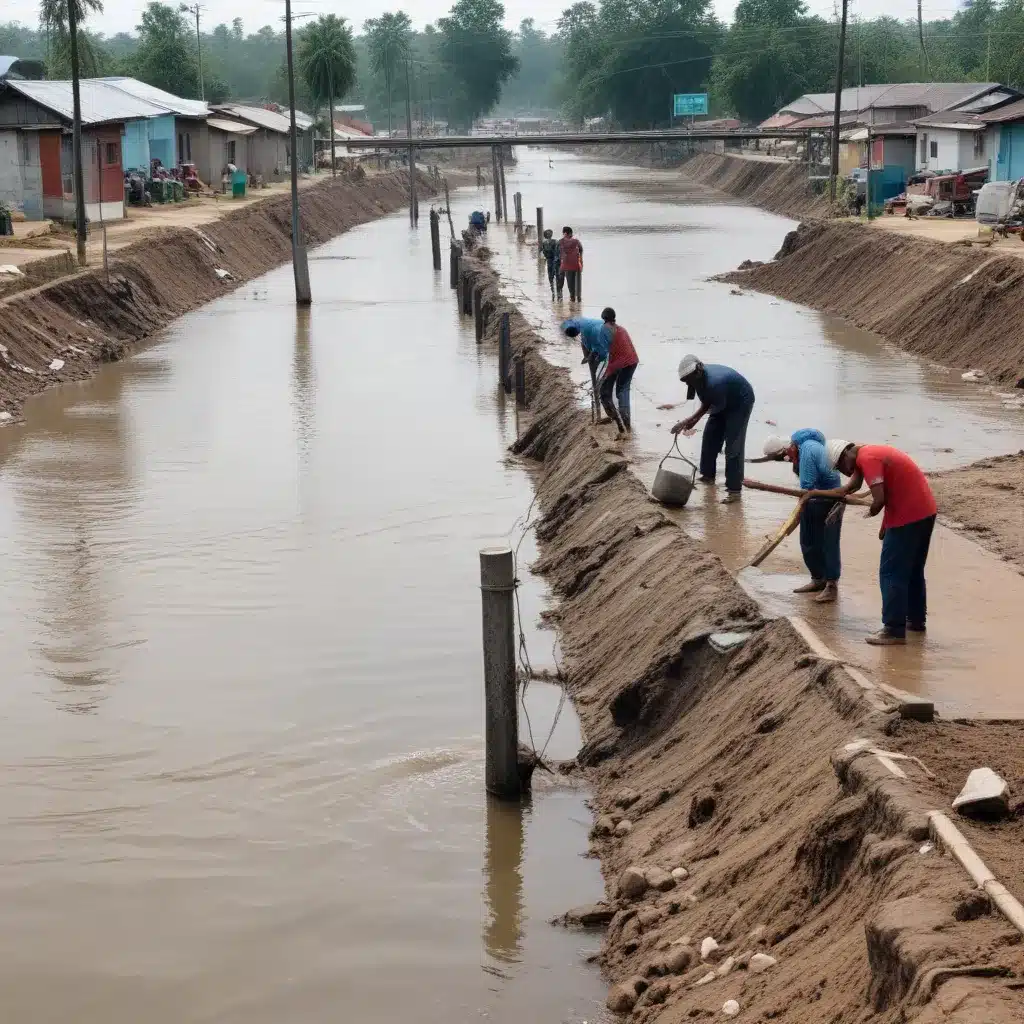
Understanding the Seismic Threat to Water Systems
Water and wastewater infrastructure is the backbone of communities, ensuring access to clean water and the safe treatment of waste critical for public health and environmental sustainability. However, seismic activity presents a formidable challenge to these essential systems. Earthquakes can lead to widespread disruption, contamination, and service outages that have immediate and long-term effects on a community’s well-being and capabilities.
About 75% of the U.S. could face damaging earthquake events, highlighting the urgent need for preparedness and resilience in water infrastructure across potentially affected regions. Pipelines, pumps, and storage tanks are particularly vulnerable to seismic forces within water systems. Pipelines, often buried and spread across vast areas, are susceptible to breakage from ground movement, leading to significant water loss and contamination risks. Meanwhile, pumps and electrical systems crucial for water and wastewater treatment can fail, halting supply and treatment processes. Storage tanks also risk structural failure or displacement, further jeopardizing water quality and availability.
Addressing these vulnerabilities requires a focused approach to infrastructure design, maintenance, and emergency planning to ensure continuity of service and public safety in the aftermath of seismic events. Resilience in water and wastewater systems refers to the capacity to anticipate, absorb, adapt, and rapidly recover from disruptive events, such as earthquakes. Failing to prepare for seismic events can lead to dire consequences, including contaminated water supplies, disrupted sanitation services, substantial economic losses, and prolonged recovery efforts.
Assessing Vulnerabilities and Prioritizing Resilience Measures
Conducting comprehensive vulnerability assessments for water infrastructure is critical in understanding and mitigating the risks from seismic and other natural events. This process involves identifying potential hazards, assessing water system components’ susceptibility, and evaluating the possible impacts on service continuity and public health.
Geological surveys provide essential information on fault lines, soil composition, and other factors that influence an area’s vulnerability to seismic events. Advanced risk assessment tools leveraging geographic information systems and predictive analytics enable more accurate and detailed analysis of potential impacts. Utilizing these resources, water infrastructure professionals can make informed decisions on where to allocate resources for retrofitting and upgrading efforts, ensuring resilience measures are effective and economically justified.
Implementing Seismic-Resistant Technologies
Introducing seismic-resistant materials and construction techniques is pivotal to enhancing water infrastructure resilience against earthquakes. These innovative approaches absorb and dissipate seismic energy to minimize damage during an event. Flexible pipe materials that can bend without breaking allow water networks to remain operational even when the ground shifts. Base isolation methods effectively decouple structures from ground movements, reducing seismic forces transmitted through the system. Cased micropiles, with their high-strength steel casing, offer a groundbreaking solution for underpinning and strengthening the foundations of water treatment facilities and storage tanks in seismically active areas.
By integrating such materials and techniques, engineers can enhance the durability and reliability of critical water infrastructure, ensuring continuous operation and protection of public health in the face of seismic challenges.
Leveraging Digital Technologies for Resilience
The Internet of Things (IoT) and Artificial Intelligence (AI) are transforming how people monitor and maintain the integrity of water infrastructure, offering unprecedented capabilities for early detection and real-time monitoring. Strategically placed IoT devices can monitor vibrations in the ground and fluctuations in groundwater levels, providing early warnings of seismic activity that could potentially damage systems. AI algorithms analyze the vast amounts of data generated by these sensors in real-time to identify patterns or anomalies indicative of a problem or threat, enabling immediate responses to mitigate damage and ensure the continuity of water services.
Implementing these technologies has demonstrated significant benefits across various regions. IoT sensors can monitor the structural health of dams and reservoirs to enable timely maintenance and reinforcement efforts before minor damages escalate. Similarly, AI-powered analytics predict pipeline failures in urban water systems, reducing water loss and preventing service disruptions. These technological advancements enhance the resilience of water infrastructures, resulting in cost savings by avoiding extensive damages and ensuring efficient use of resources.
Engaging the Community for Resilience
Community awareness is crucial in preparedness efforts, as only 47% of Americans feel confident preparing for disaster. Educating the public about the risks associated with seismic events and the measures they can take to protect themselves and their properties is fundamental. Increased awareness can lead to a more resilient community, as individuals informed about disaster preparedness are more likely to take proactive steps to mitigate risks.
Fostering a collaborative environment where stakeholders openly share information and resources is essential to involve locals in resilience-building activities. Initiatives such as community workshops, preparedness fairs, and school-based education programs can effectively disseminate disaster preparedness and resilience strategies. Additionally, leveraging social media and other digital platforms to share stories of successful resilience efforts can inspire action and emphasize the collective benefit of preparedness.
Conclusion: The Path to Resilience
Water and wastewater professionals are pivotal in safeguarding infrastructure against seismic activity, ensuring the continuous delivery of essential services and the protection of public health. Through their expertise in implementing advanced materials, technologies, and resilience strategies, they are the frontline defenders against the impacts of natural disasters on critical water systems.
By conducting comprehensive vulnerability assessments, investing in seismic-resistant infrastructure, leveraging digital innovations, and engaging the community, water and sanitation professionals can enhance the resilience of water systems and safeguard the well-being of their communities. The path to resilience is clear, and with a proactive and collaborative approach, they can ensure that essential water services remain uninterrupted, even in the face of the most formidable seismic challenges.
To learn more about building resilient water infrastructure, visit Joint Action for Water.

